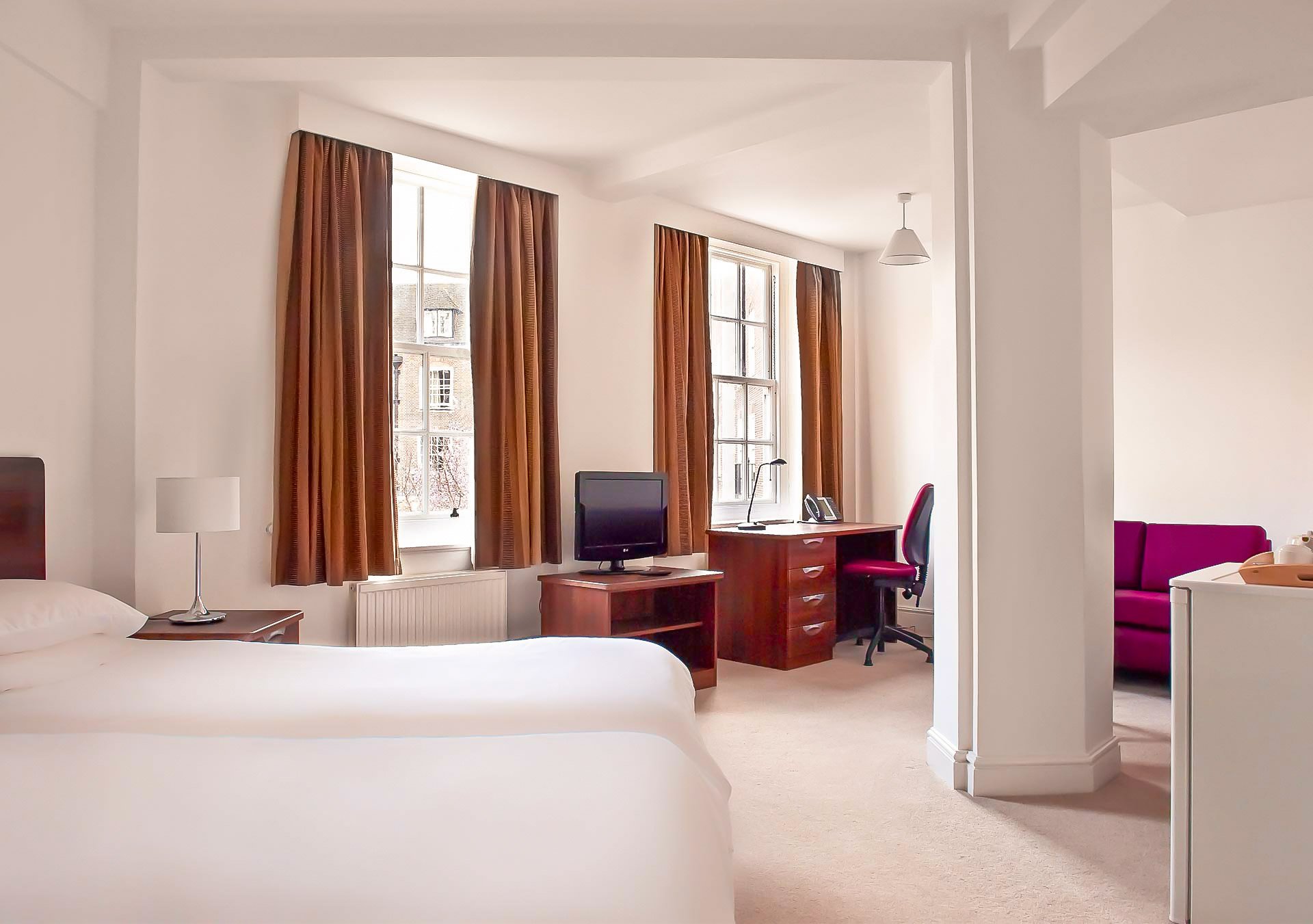Colchester has been an important military garrison since the Roman era. The Colchester Garrison is currently home to the 16th Air Assault Brigade. The Army's only military corrective training centre, known colloquially within the forces and locally as "The Glasshouse" after the original military prison in Aldershot,[36] is in Berechurch Hall Road, on the outskirts of Colchester.[37] The centre holds servicemen and women from all three services who are sentenced to serve periods of detention.
From 1998 to 2008, the garrison area of the town underwent massive redevelopment. A lot of the Ministry of Defence land was sold for private housing development and parts of the garrison were moved. Many parts of the garrison now stand empty awaiting the second phase of the development.
Since 2006, Colchester has been one of 12 places in the UK where Royal Salutes are fired to mark Royal anniversaries and visits by foreign heads of state. From 2009, these salutes have taken place in Castle Park.
Colchester houses several museums. The Castle Museum, found within Colchester Castle, features an extensive exhibit on Roman Colchester. Nearby are Hollytrees Museum, a social history museum with children's exhibits in the former home of Charles Gray, and the town's Natural History Museum, located in the former All Saints' Church. Tymperley's Clock Museum, located in the town centre in a 15th-century timber-framed house, once home to William Gilbert, now houses the Bernard Mason clock collection.
The town's link with football had begun with the amateur club Colchester Town, formed in 1867 and dissolved in 1937. They were succeeded by professional club Colchester United, who compete in the Football League One and play home games at Colchester Community Stadium. Founded in 1937, the club entered the Football League in 1950. Colchester United Ladies play in the FA Women's Premier League Southern Division. Other sports teams based in the town include Colchester Rugby Football Club, Colchester Gladiators American Football Club, Colchester Weight Lifting Club and Colchester & East Essex Cricket Club. Essex County Cricket Club play some of their home games at Castle Park Cricket Ground, home of Colchester & East Essex.
Sports facilities in Colchester include the sports centre, Colchester Leisure World, Colchester Garrison Athletics Stadium (a co-operative facility used by both the army and civilian population), and a skatepark.
Colchester Zoo is a large zoo based on the outskirts of the town.
